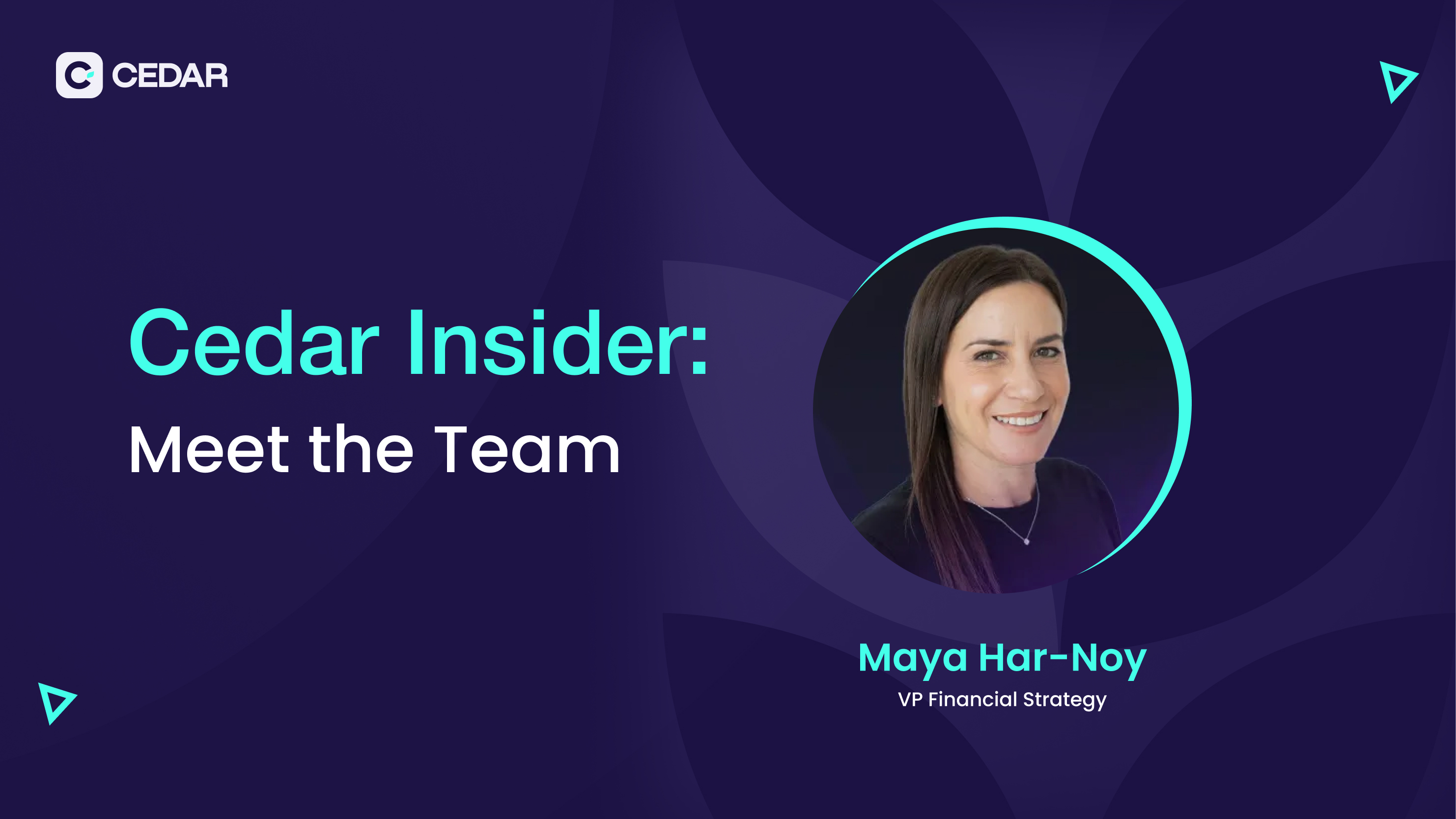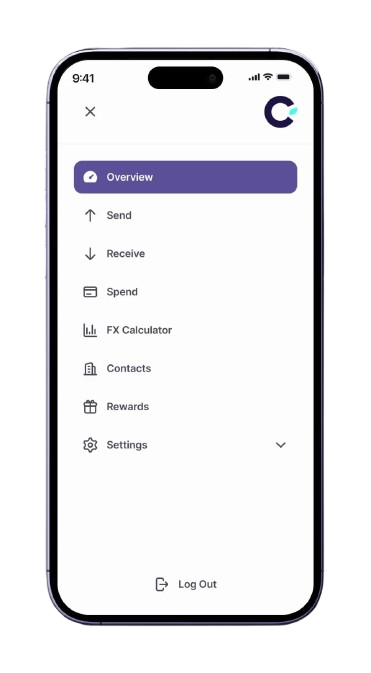Company

Today, we’re sitting down with Maya Har Noy, VP Financial Strategy here at Cedar Money, to discuss her experience within the payments industry, how she aligns Cedar Money’s financial strategy with regulatory environments across diverse jurisdictions and how we mitigate risks in the process.
I’ve been in payments since 2005, working across card acquiring, wire transfers, EMIs, and even crypto. In my last venture, I worked with digital assets and cryptocurrencies, though at that time it was mostly speculative When we started Cedar, what really struck me was how broken the system is in many developing jurisdictions. Payments that should be simple were slow, and unreliable.
That’s when I saw the potential of stablecoins, not as a speculative asset, but as a new rail to complement (and in some cases fix) the broken rails of SWIFT and other legacy systems. Using blockchain for real-world use cases that genuinely improve people’s lives is what excites me most.
When merchants tell us it used to take them 10 to 14 business days to get a payment out, and now with Cedar we can help them settle in less than 48 hours, that’s when the mission feels real. That’s when it goes beyond efficiency to creating access, trust, and speed where it’s needed most.
I see building a fintech as solving a puzzle: every piece matters. At Cedar, that means aligning financial rails, partners, legal frameworks, client needs, and unifying risk and compliance across multiple jurisdictions. My background helps me fit those pieces together in a way that is solid and efficient. While this approach can be more demanding than what some local fintechs pursue, it gives Cedar the stability to serve clients across borders with consistency and longevity. At the end of the day, my goal is to shape a financial strategy that doesn’t just work today, but also transforms how money moves globally in the long run.
Well, we work closely with legal consultants across jurisdictions to ensure compliance, but also look for unique ways to interpret regulations. That sometimes means partnering with regulated institutions in specific markets, and other times building our own licensing infrastructure like what we’re setting up now in Canada and the U.S. What’s most important is always having local lawyers validate that our business model and operations are sound. Essentially, we can be seen as a payment orchestrator similar to the card network where it brings together different financial institutions.
Licensing is essential because it ensures we’re operating legally across jurisdictions and enables us to partner with top-tier financial institutions worldwide. To build trust and scale, you have to show that you’re running a clean and compliant business. The type of license you need does vary—fiat and crypto are regulated differently. That’s why Cedar is securing multiple licenses across jurisdictions, so we can confidently and legally support all of our money flows.
Cedar is currently in the process of obtaining its MSB license in Canada under FINTRAC, as well as registering with FinCEN in the United States.
One of the most interesting lessons is realizing that not everyone in this industry is a competitor. Even when two institutions seem to target the same clients, there’s often space for collaboration and if you share the same risk appetite and infrastructure, you can actually build stronger systems together. Partnerships—whether to expand networks, navigate jurisdictions, or strengthen relationships—are just as important as competition. When all is said and done, it’s those relationships that drive approvals, growth, and long-term success.
Cedar takes a very risk-based approach to compliance. We work primarily with importers and exporters dealing in physical goods, which means every transaction is backed by an invoice. That makes it much easier to research, validate, and approve transactions compared to service-based models. In B2B trade of physical goods, there’s always a clear paper trail: a chain of invoices, shipments, and payments, which greatly reduces the likelihood of money laundering or fraud. We’re also very deliberate about who we onboard. We don’t serve companies with business models that could expose our users to higher risks. And we always prioritize choosing the right partners and ensuring every transaction is transparent, traceable, and secure.
What excites me most is Cedar’s vision to expand our role as a true payment orchestrator, seamlessly connecting financial institutions and merchants around the world to make cross-border payments faster, simpler, and more efficient. By combining advanced technology with strong regulatory frameworks, we’re building toward a future where Cedar plays a role similar to what Visa is in card payments, but for global cross-border transactions.
My biggest passion is horses. My daughter and I both ride and we actually own three horses. While she competes as a show jumper, I ride mostly for fun. For the longest time, horses have been a dream of mine, and we started riding more seriously during the pandemic. Also, I teach NIA, a movement practice that blends dance and martial arts. I don’t get to do it as much in the summer because mornings are for the horses, but it’s another activity that brings me a lot of joy.

